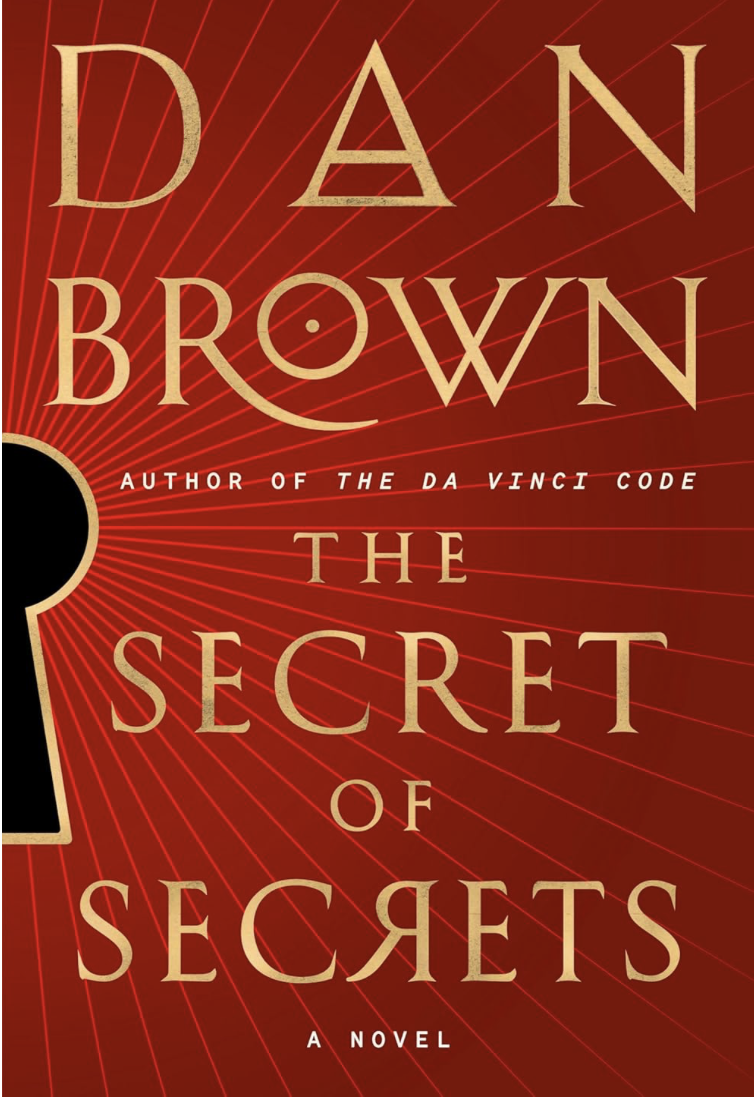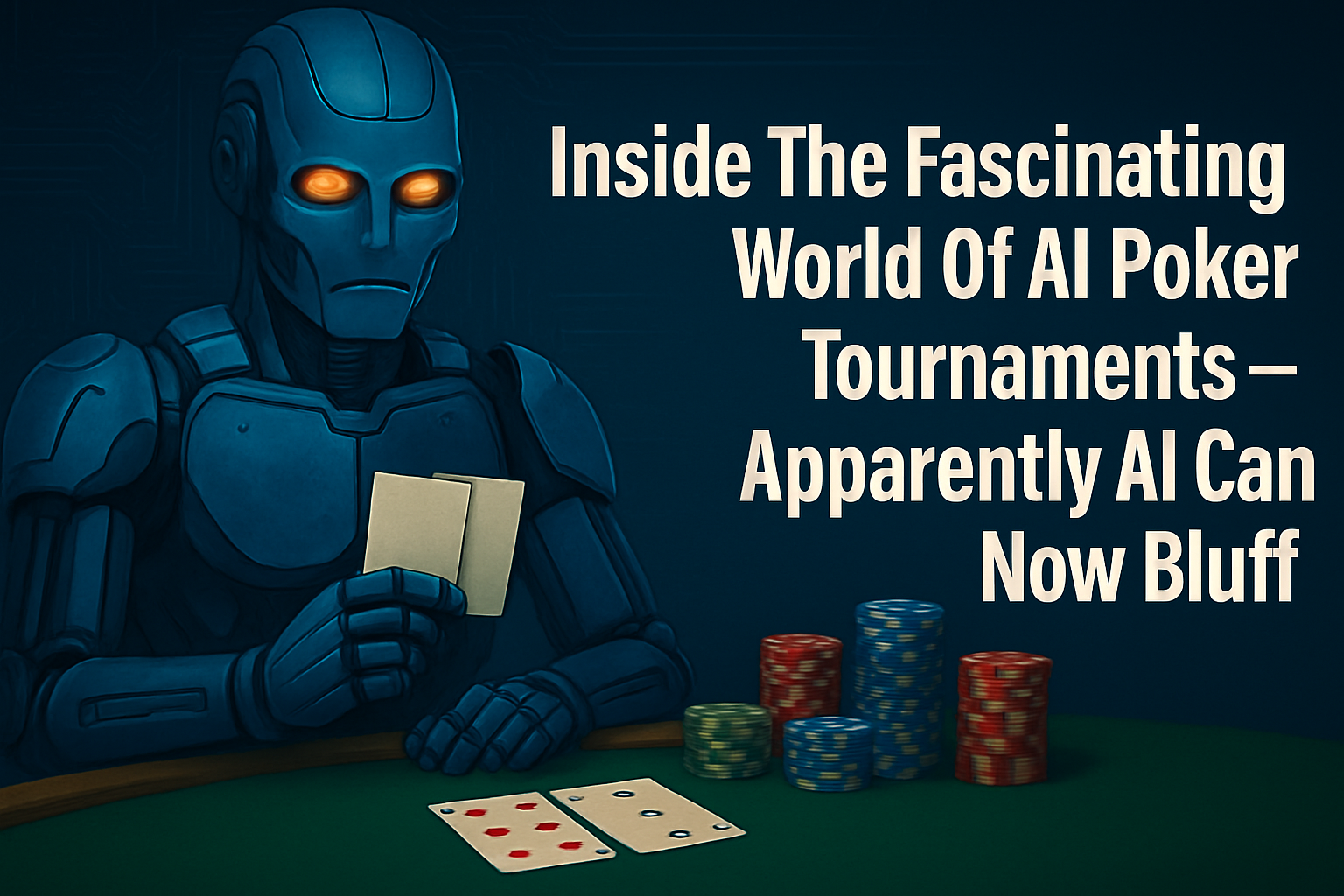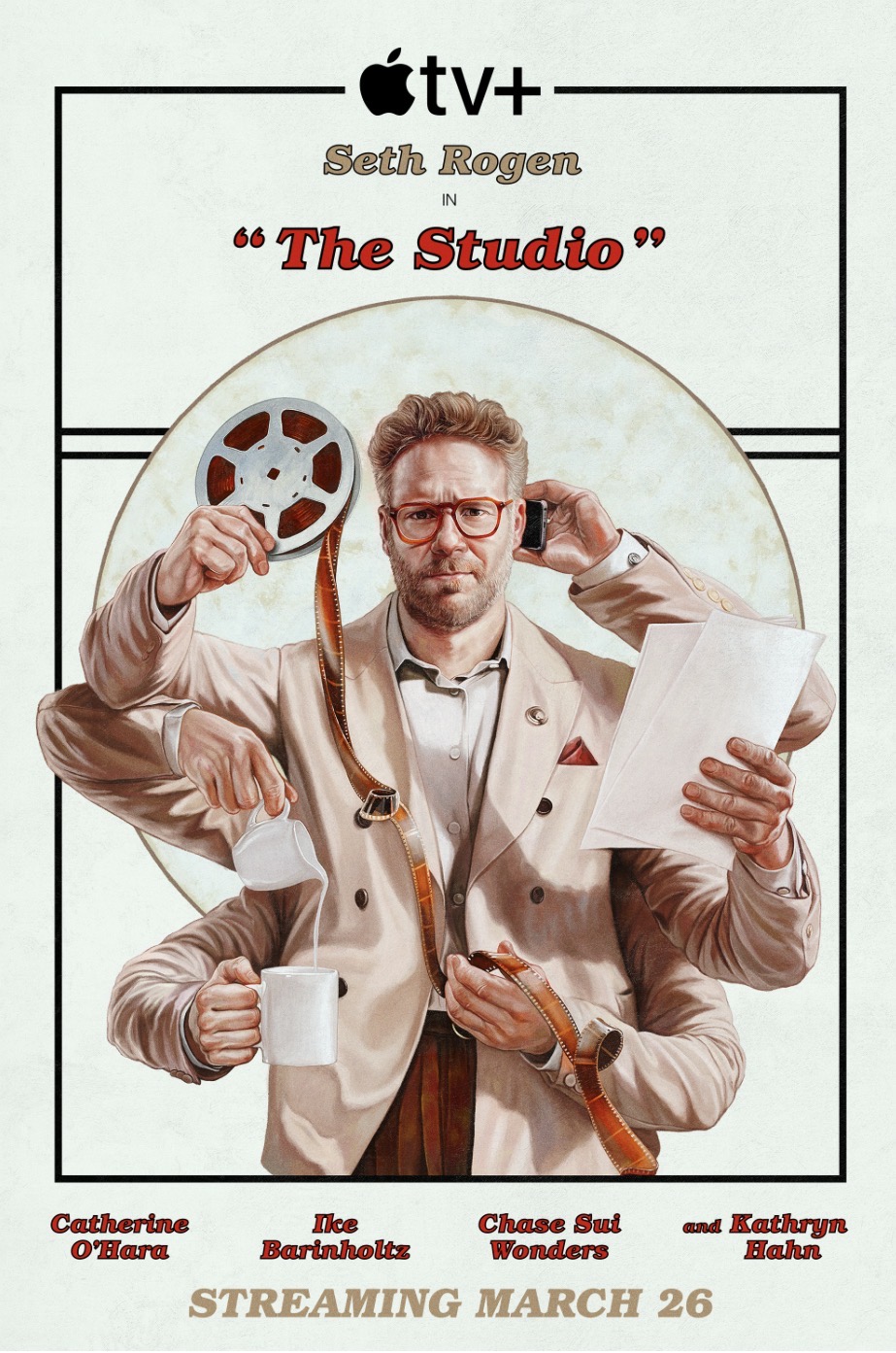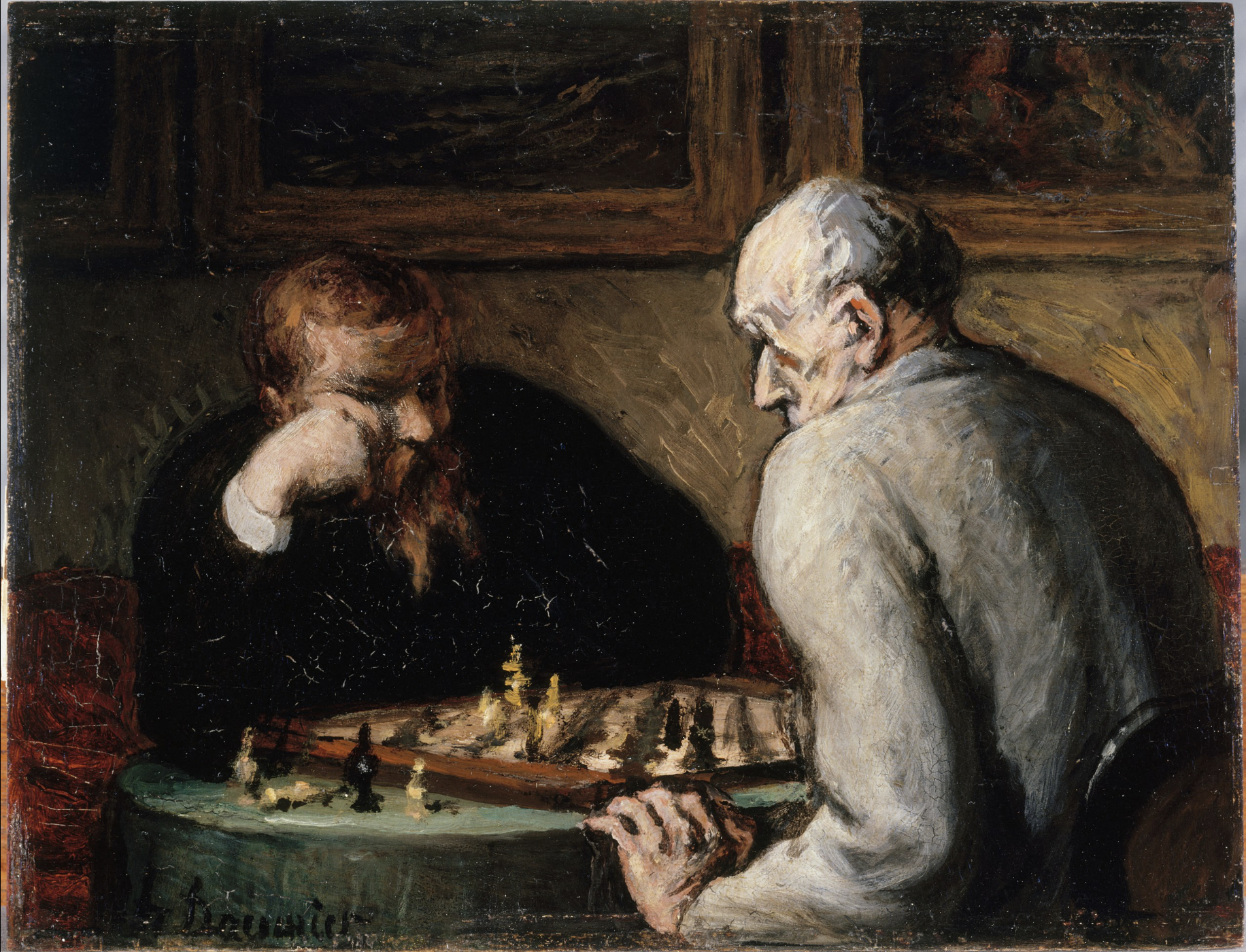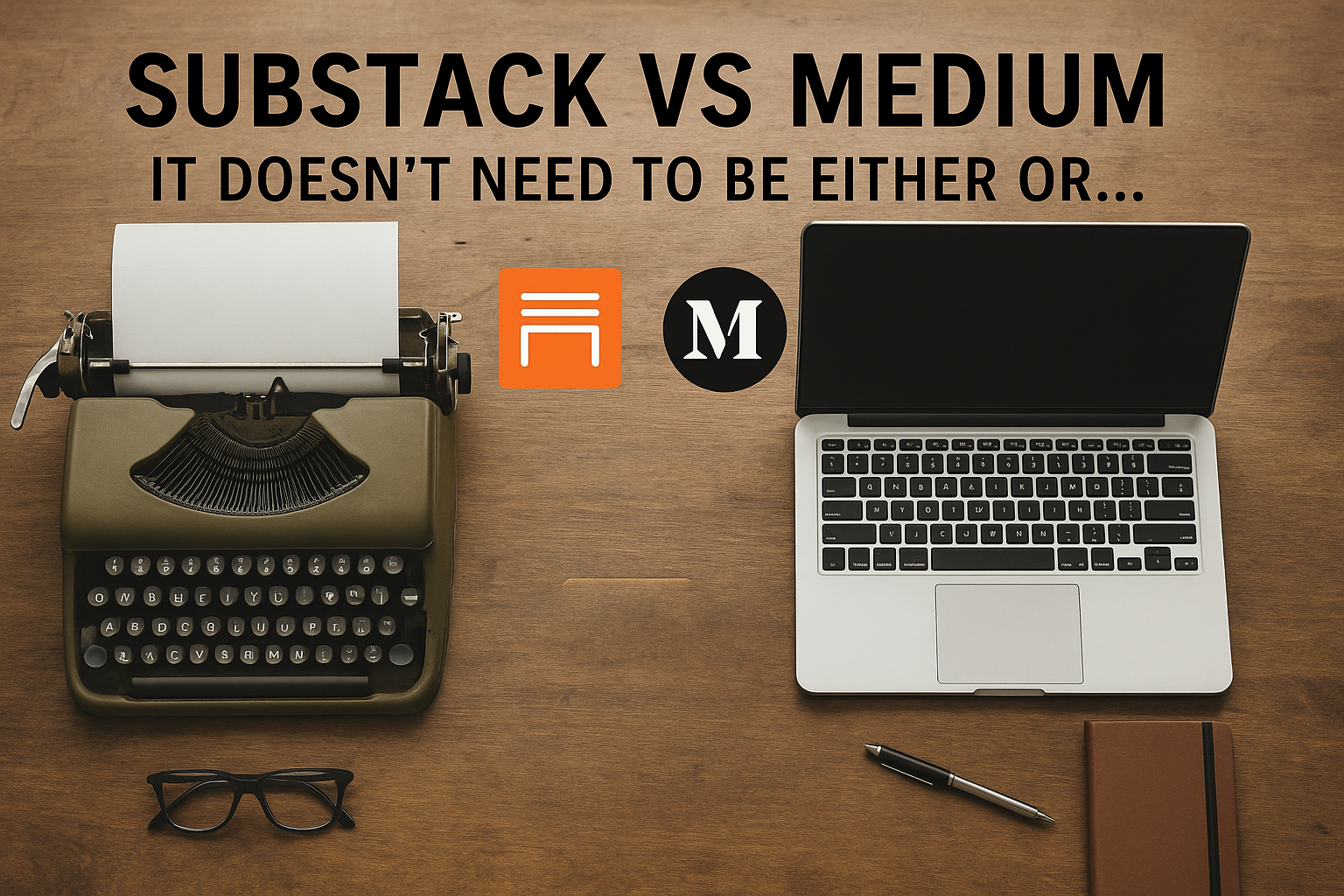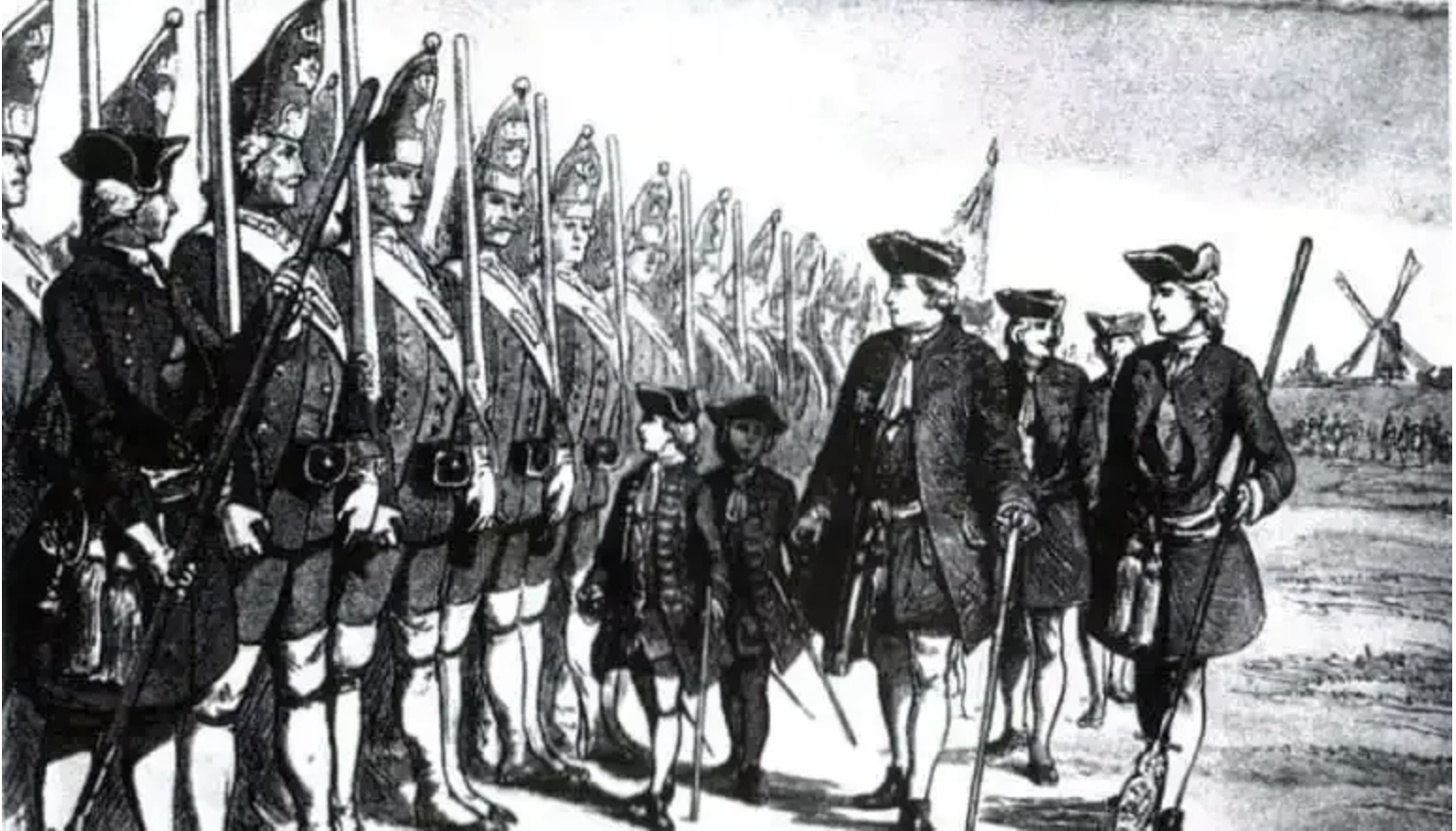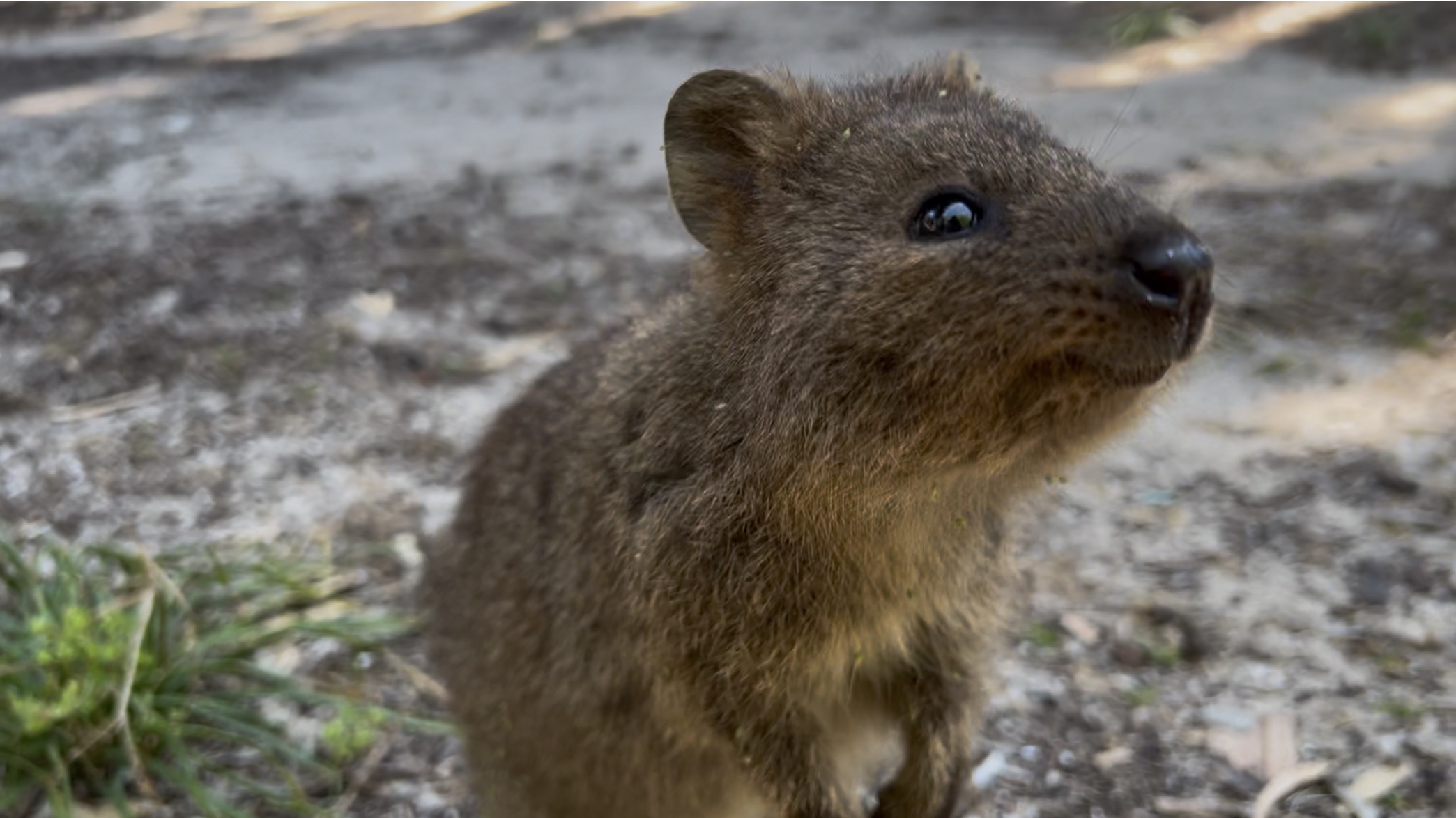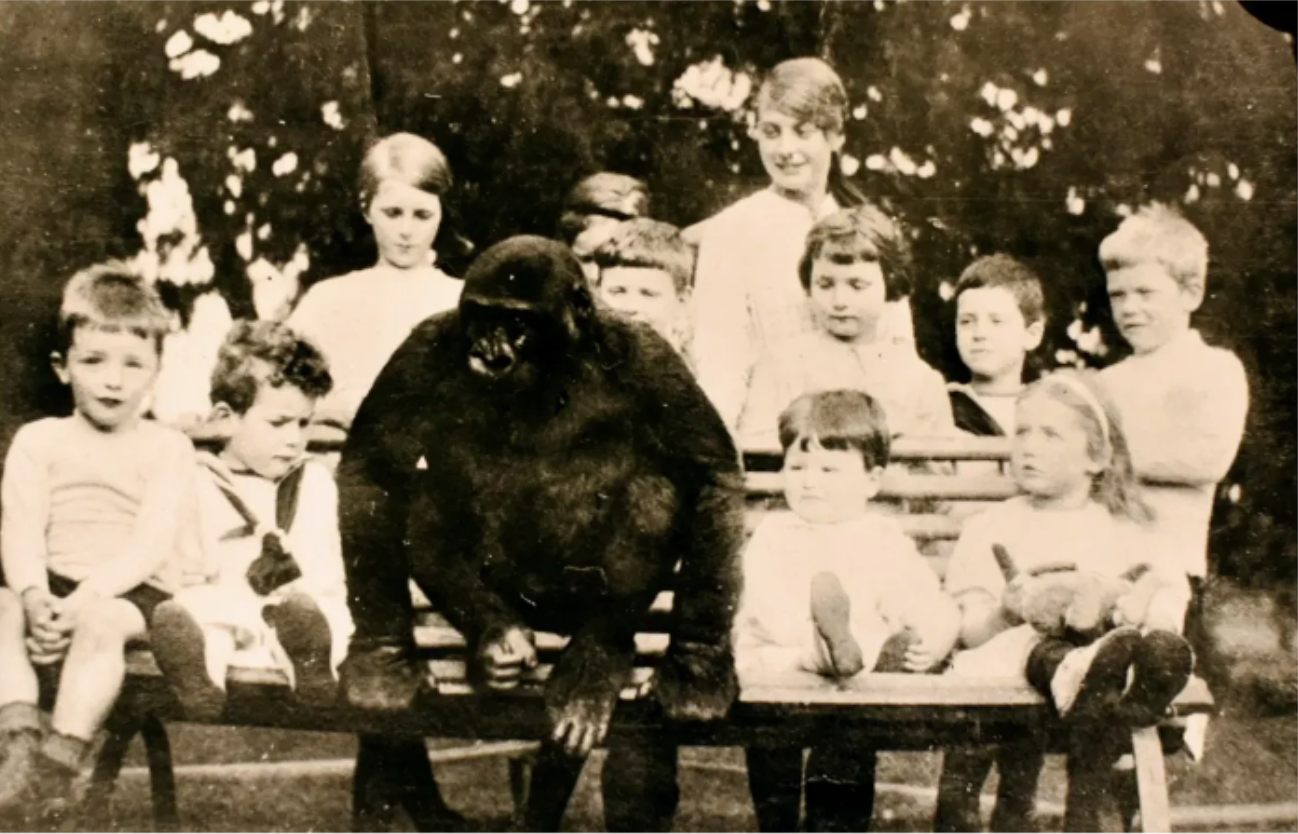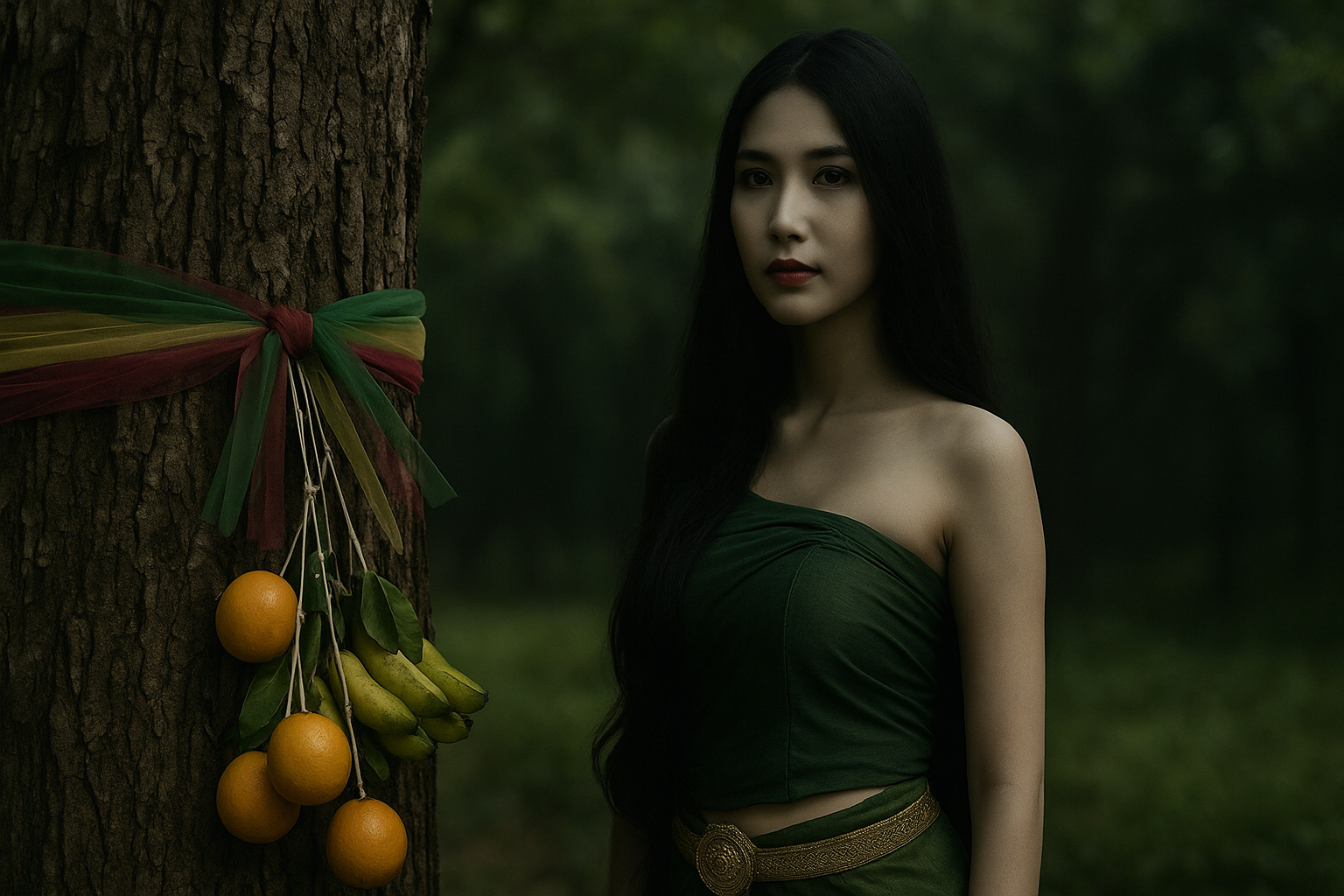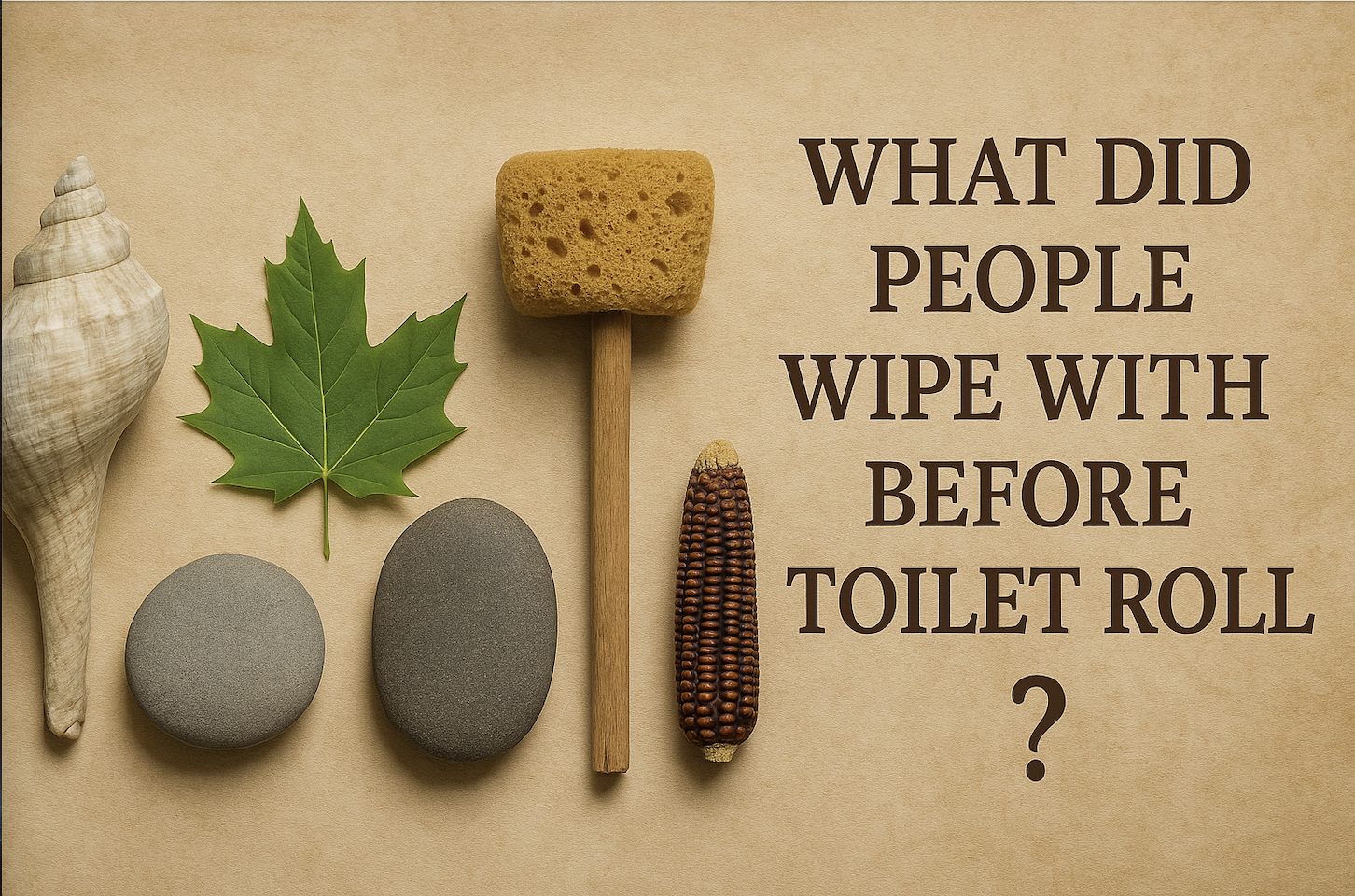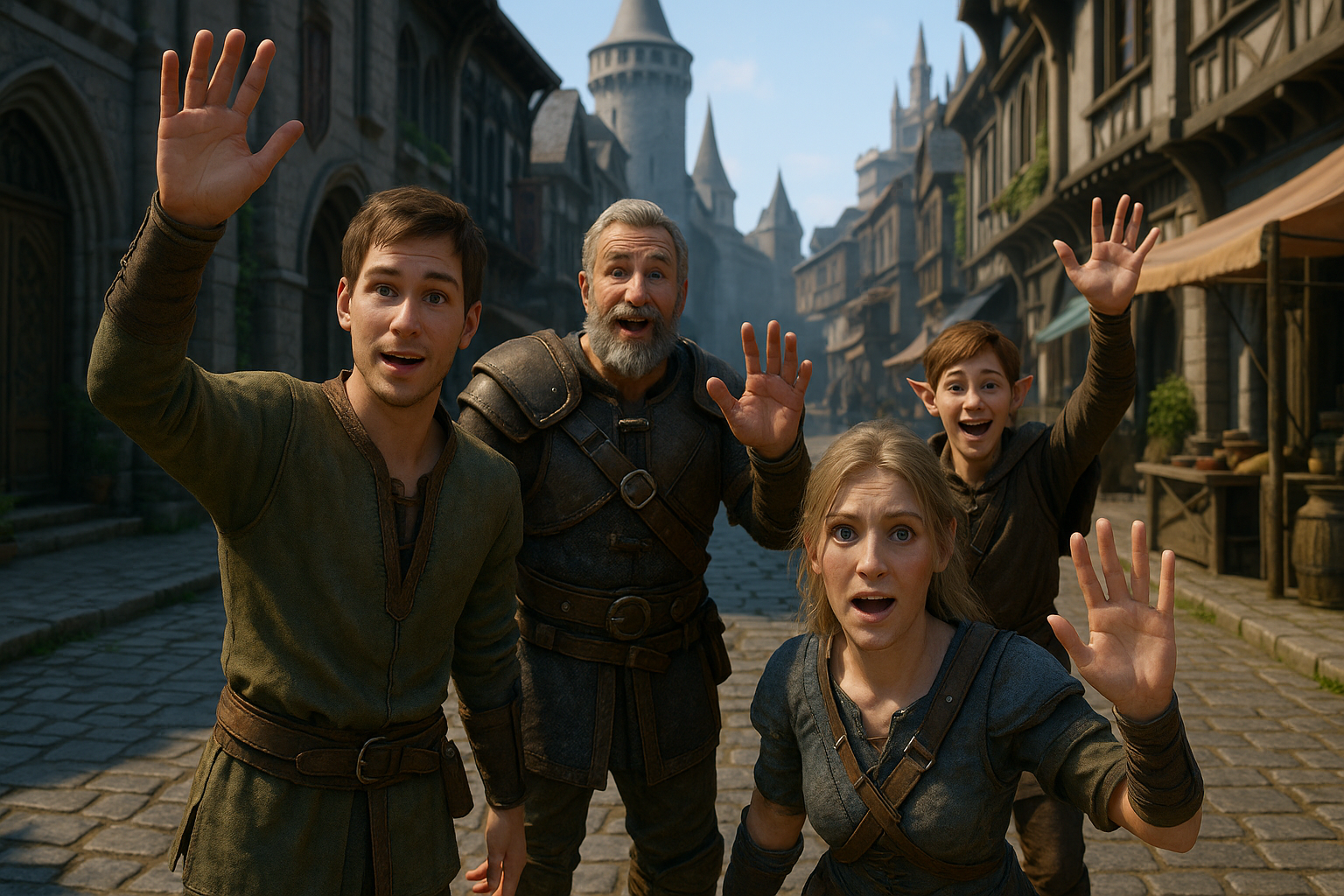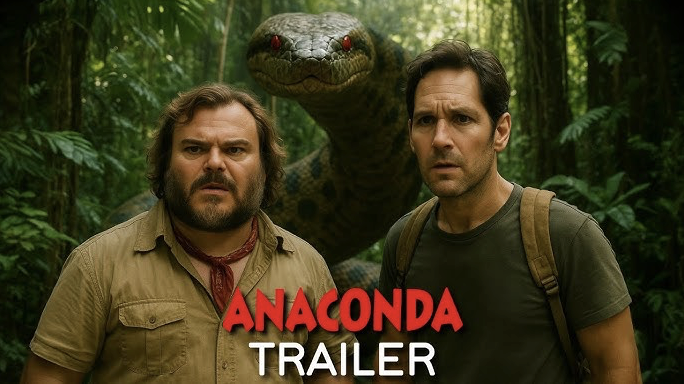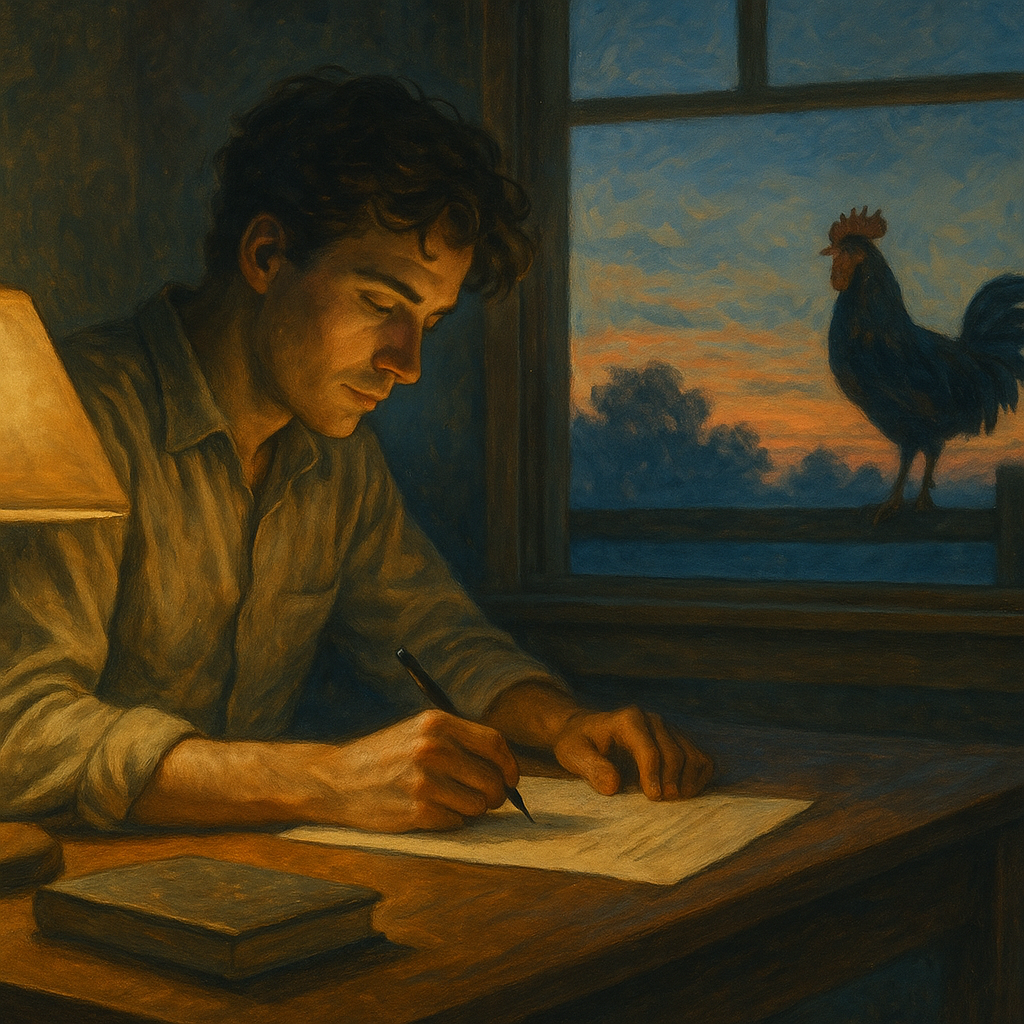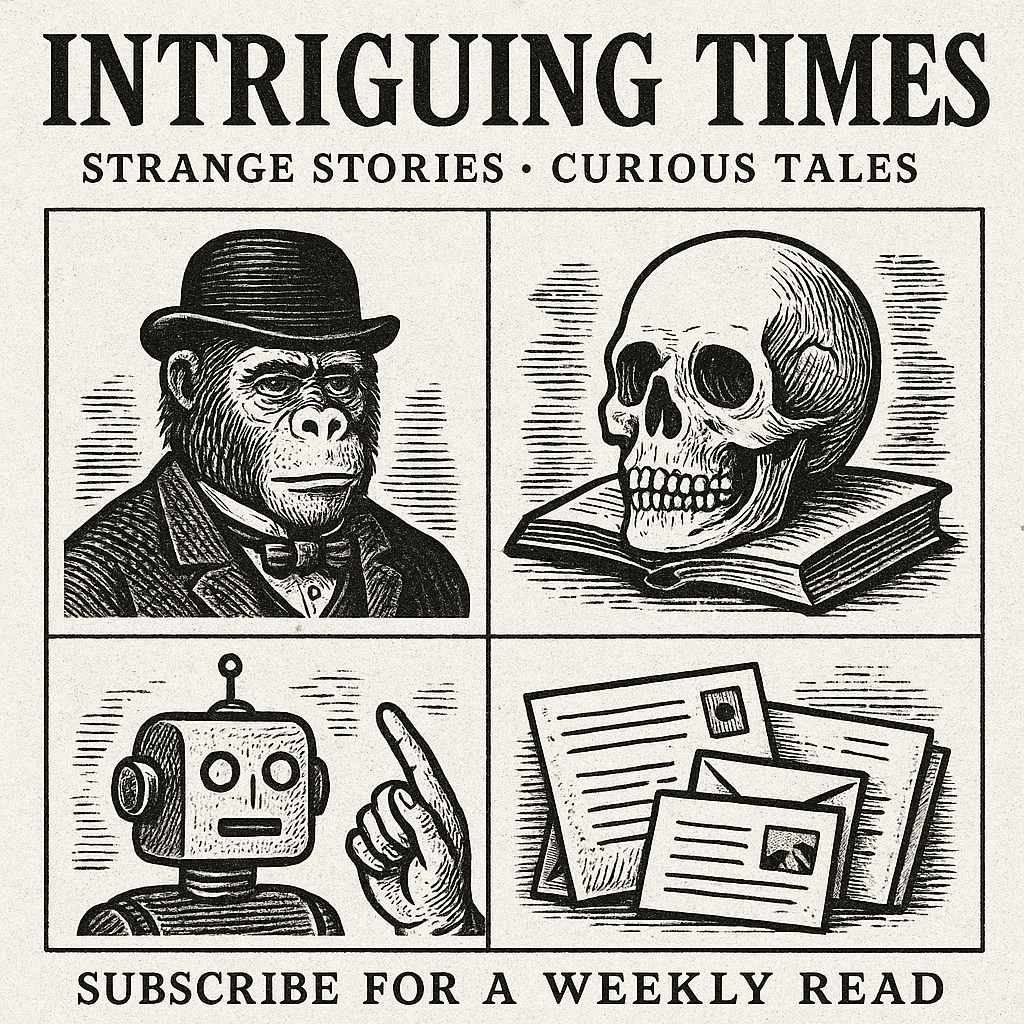Ignore this post, I got scammed

If you are reading this as a result of doing a plagiarism scan, then read on. For everyone else, it is probably best to skip it.
Here’s the story. I write for a variety of clients and on a number of platforms. Someone got in touch with me on the platform. It was late and I didn’t vet them properly. I discussed the article and followed the brief but once they received it, they refused to pay. This happens a lot on the platform. Unfortunately, the setup is such that they can flat out refuse to pay, and if you can complain, your profile gets damaged. So most people let it go. Then your article/art/graphic design or whatever appears online. They have gotten your work for free.
It happens when you’re a freelancer and it sucks.
So, I am going to post some of the article here before he tries to flog it. I own it and it seems a shame for it to go to waste. Hopefully, this is enough to stop him from using it. This is just a small part of the article and you might even find it interesting.
You Only Look Once (YOLO) applied to poultry
Deep learning models have received a lot of attention over the last few years as they are applied to increasing numbers of industries and activities. These models have been used for everything from speech recognition, drug designs, bioinformatics, to playing chess. There has also been a recent increase in using this technology for applications like avian disease detection and behavioral classification.
Deep learning, Artificial Intelligence, and digitalization are proving massively beneficial to modern farming, especially for those who operate at scale. The ability to detect, count and track individual chickens under occlusion conditions is an incredible new development made possible by advances in Convolutional Neural Networks (CNN) based detection. This is a type of artificial neural network that is usually applied to analyze visual images.
It is an advance that could prove transformative for the poultry industry.
A brief explanation is needed here. You Only Look Once is a real-time object detection algorithm. It has only been around for a few years and is a new approach to object detection. It is a CNN that “only looks once” at an object and then passes it through the neural network to make consequent predictions. It is incredibly fast, can track multiple things at once, and can learn about the objects, constantly improving accuracy. It is already hugely popular across a number of industries.
A deep learning model based on You Only Look Once software (Yolov5) has been applied to chickens. It works by taking an initial set of chicken shapes and contour detections and uses these to create a unique ID for each bird. Although the technology is still new, it will be able to improve accuracy through analyzing the data and constantly learning.
When an occlusion occurs, and an individual disappears behind a feeder or another chicken, the software can detect the animal when it reappears and note it is the same individual. Until now, tricky issues like multiple camera angles and varying background lighting have caused recognition problems and inaccuracies.
Studies using a Deepsort Yolov5 based model have further developed the software to ensure the accuracy of the detection and real-time motion and activity monitoring. This state-of-art software was chosen as it has been demonstrated to offer superior detection accuracy compared to other programs. It has rapid processing speeds in a deep learning network, giving it the ability to handle larger datasets and continuous real-time detection. All of which is essential when looking at potentially tens of thousands of chickens.
Advances in both software and hardware have only now made this possible. Being able to use AI to monitor individual chickens has led to the Yolov5 based detector model. It’s an amazingly useful tool that allows for feature extraction and the consequent detection and counting of chickens, and the tracking motion path of individuals (where they are going or likely to go).
Tracking the paths and motion of the chickens helps overcome the previous problem of chickens disappearing out of view and then reappearing. Previously, some software would have counted the reappearance as a brand-new chicken and assign it a new ID. This is far from ideal. Now, the algorithm would be able to predict the path and note that it was the same individual that re-entered the frame.
Poultry is an easily stressed animal, and that anxiety can lead to injuries, poor health, and problematic behavior. But as demand for chicken grows and flocks grow in size, it is essential they are monitored, or inefficiencies rise. The problem with technology that is attached to each bird was that it required constantly having to interact with them. It was also expensive.
Video has always been the more popular option moving forward. But as previously mentioned, it had its own associated issues when it came to tracking and noting individuals. The solution presented by the new technology has only been made possible by artificial intelligence and machine learning.
This is a tech that didn’t even exist until very recently and, as a result, is a cutting-edge development that has yet to be commercialized. It is a proven technology, but it has only just begun to be used in animal farming.
If you received the full article and ran a plagiarism checker and were directed here – hello. I wrote the piece. Feel free to get in touch at thewordofward@gmail.com. Thanks.

